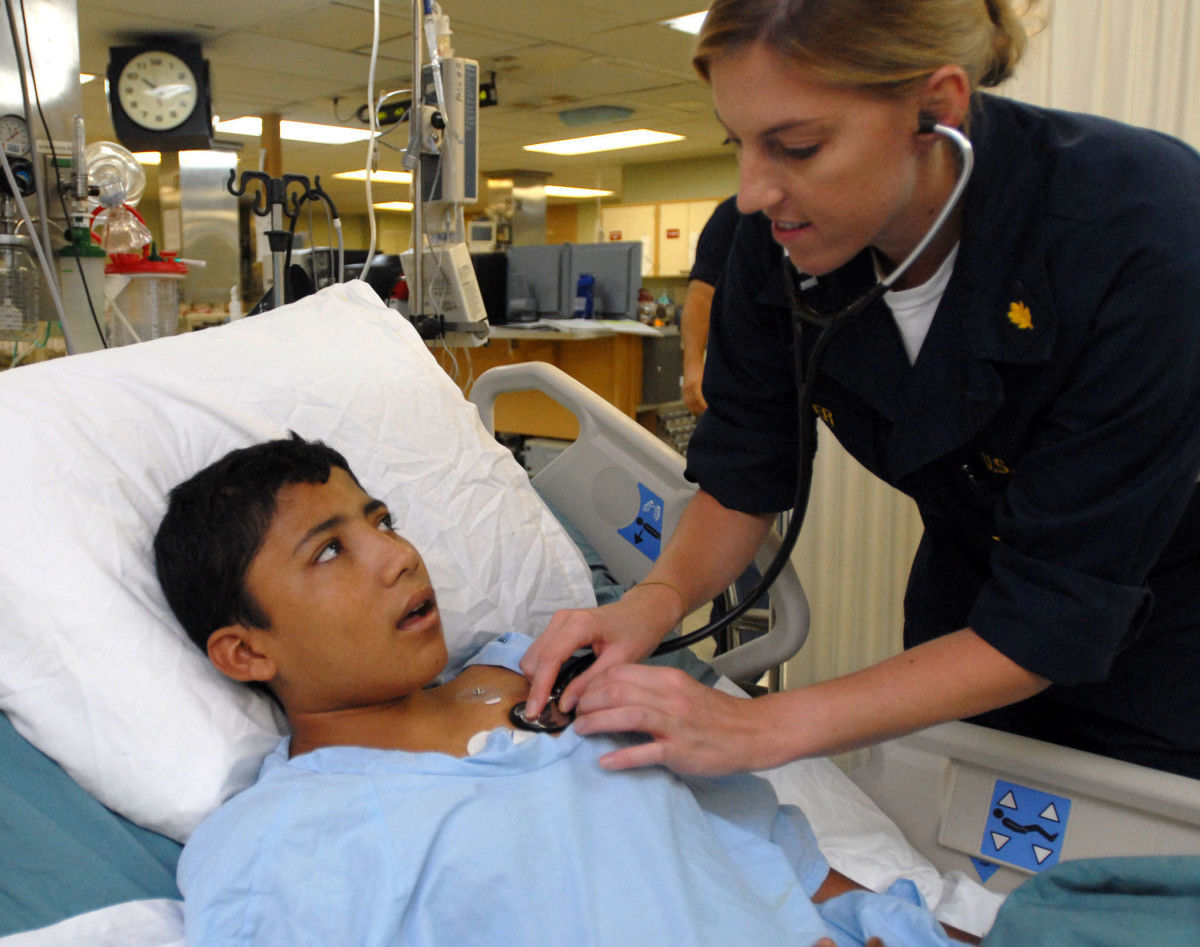Interdisciplinary Rounding Implementation in Healthcare
Nurses can direct process change in Healthcare
Nurses are the key to initiate and implement change. The following documents the importance of interdisciplinary rounding and includes an outline of how nurses can implement interdisciplinary rounding in the workplace.

Finding a Process to Change
Communication among patient care providers has a significant impact on the ability to provide safe and effective care. Patients can have a number of different care providers including, physicians, nurses, respiratory therapists, physical therapists and occupational therapists. Many times these patient care providers have difficulty discussing the patients care in person and rely on notes or other forms of communication. A better communication method is to bring the patient care members together to collaborate on the patients the plan of care. Studies have shown that using interdisciplinary rounds improves the quality of patient care and patients have a shorter length of stay which has a positive impact on both the facility and the population by reducing healthcare costs (O’Mahony S, Mazur E, Charney P, Wang Y, Fine J., 2007).
Does the hospital you work at have a Quality Patient Initiative Program?

Stages to Implementation
Stage One
A. Develop a strategy for Implementation of Interdisciplinary Rounding
1. Identify Problem that Interdisciplinary Rounding will solve.
a) Poor communication between team members
2. Identify and prioritize key change issues and the benefits for the patients and care-givers
a) Better communication leads to less time spent wondering how another team member is analyzing the patient outcomes
b) Educate staff of the need for change and the established positive outcomes of interdisciplinary rounding
3. Establish a realistic timeline for change
B. Identify Key People Involved with the change
1. Define boundaries and scope of the change.
2. Evaluate potential problems, delays and how everyone will be affected during the change process
a) all team members will have to schedule time for the rounds
3 Gain support by encouraging group feedback
4. Making sure needed resources are available
Stage two: Pilot Project
Start with a department where the participants are the most open to the change or where the most significant results are felt to be seen. The pilot project gives the opportunity to try out the plan on a small scale and identify any problems that need to be adjusted. After adequate evidence is supported from the pilot educate staff of the results.
Stage Three: Implement Change Plan
Staff has more confidence in change if they see that it has worked in another department. Staff should be able to have the opportunity to talk openly to patient care workers in the pilot programs in order to understand how the change takes place. It is important to continue to follow-up and evaluation to make any needed revisions until the change is complete. In order to implement change two of the most important factors are a shared vision and strong leadership (Gesme & Wiseman, 2010). Other important skills include strong communication, flexibility and the ability to educate and motivate staff.
References
Gesme, D., & Wiseman, M. (2010, September). How to Implement Change in Practice. Journal of Oncology Practice , 6(5), 257-259. http://dx.doi.org/10.1200/JOP.000089
O’Mahony S, Mazur E, Charney P, Wang Y, Fine J. (2007, August). Use of Multidisciplinary Rounds to Simultaneously Improve Quality Outcomes, Enhance Resident Education, and Shorten Length of Stay. Journal of General Internal Medicine , 22, 1073–1079.








